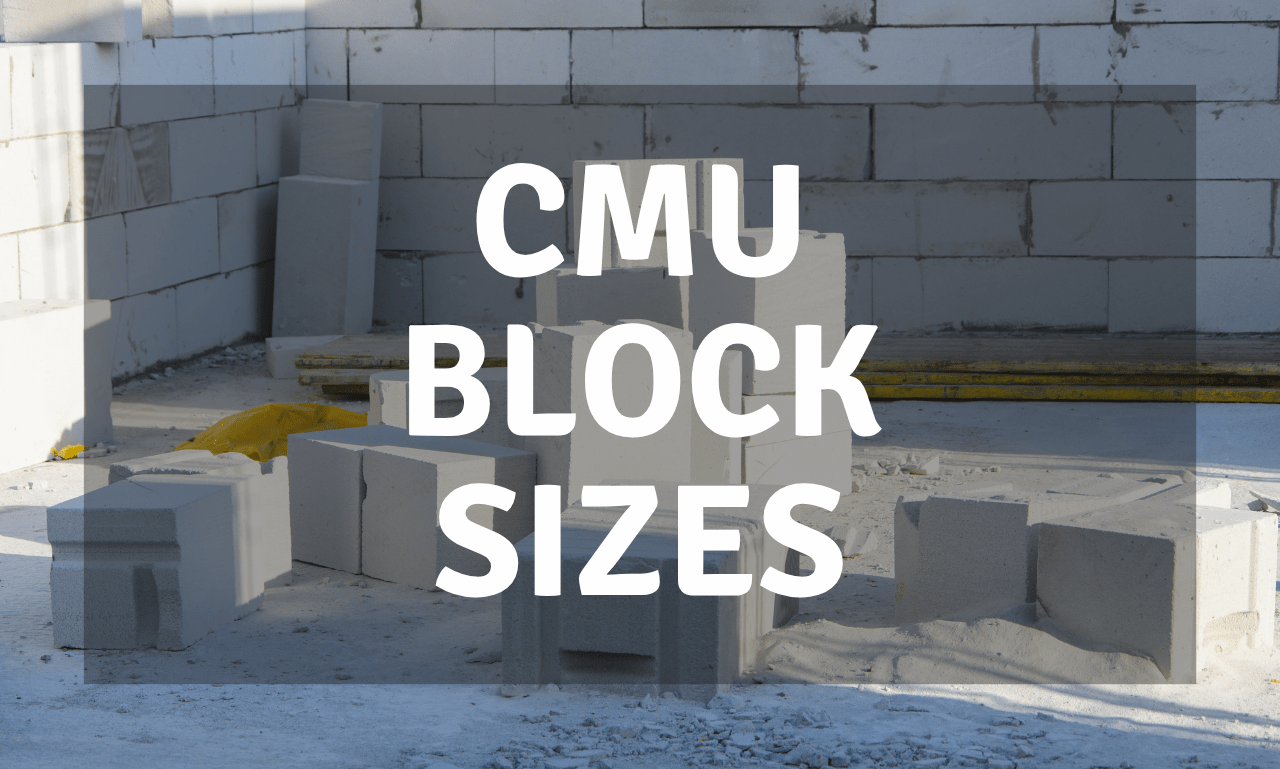QUICK TURNAROUND TIME WITHIN 12 HOURS!

CMU Block Sizes: Your Complete Guide to Concrete Masonry Units
When planning any construction project that involves masonry, understanding CMU block sizes (Concrete Masonry Unit sizes) is essential for accurate design, estimation, and installation. These concrete blocks form the backbone of many structural and non-structural walls across residential, commercial, and industrial projects.
In this guide, we’ll explore the most common CMU block sizes, their applications, benefits, and how Real Estimate Services can help you estimate the exact quantity and dimensions needed for your next build.
What Are CMU Blocks?
CMU (Concrete Masonry Units) are pre-cast cement blocks made from a mixture of cement, aggregates, and water. They are widely used in construction due to their strength, durability, and versatility.
CMUs come in a variety of sizes, shapes, and finishes, each serving a specific structural or aesthetic purpose.
Standard CMU Block Sizes
CMU blocks are identified by their nominal size, which includes the width (thickness), height, and length of the block. The actual size is typically ⅜ inch less than the nominal size to account for mortar joints.
| Nominal Size (inches) | Actual Size (inches) |
|---|---|
| 4 x 8 x 16 | 3 5/8 x 7 5/8 x 15 5/8 |
| 6 x 8 x 16 | 5 5/8 x 7 5/8 x 15 5/8 |
| 8 x 8 x 16 (most common) | 7 5/8 x 7 5/8 x 15 5/8 |
| 10 x 8 x 16 | 9 5/8 x 7 5/8 x 15 5/8 |
| 12 x 8 x 16 | 11 5/8 x 7 5/8 x 15 5/8 |
Types of CMU Blocks by Use
Hollow Blocks: Lightweight and suitable for load-bearing walls
Solid Blocks: High-density, ideal for heavy-load construction
Split-Face Blocks: Decorative finish, often used on visible exterior walls
Bond Beam Blocks: Reinforced with horizontal steel for added strength
Lintel Blocks: Designed to span openings like doors or windows
Each size and type plays a unique role in a building’s structural and architectural performance.
Choosing the Right CMU Size for Your Project
When selecting a CMU block size, consider:
Structural requirements (load-bearing vs. partition wall)
Thermal performance
Fire rating compliance
Aesthetics (visible vs. covered surfaces)
Project budget and labor
Local building codes
Estimating CMU Blocks for Construction
Accurate material estimation is crucial for project planning. You’ll need to know:
Wall dimensions (height × length)
Type and size of CMU blocks
Mortar joint thickness
Waste factor (typically 5–10%)
Using these variables, Real Estimate Services helps contractors, builders, and developers create precise material takeoffs, avoiding shortages or overspending.
Benefits of Using CMU Blocks
High compressive strength
Fire and pest resistance
Energy efficiency with insulated cores
Sound insulation
Easy to install with consistent shapes
Long service life
Whether you’re constructing a foundation, retaining wall, or fire-rated partition, knowing the right CMU block sizes will help you design efficiently and build safely. By selecting the proper block type and size, you can optimize strength, aesthetics, and cost.
For precise material takeoffs, quantity estimation, and expert advice on your next masonry project, trust Real Estimate Services.
